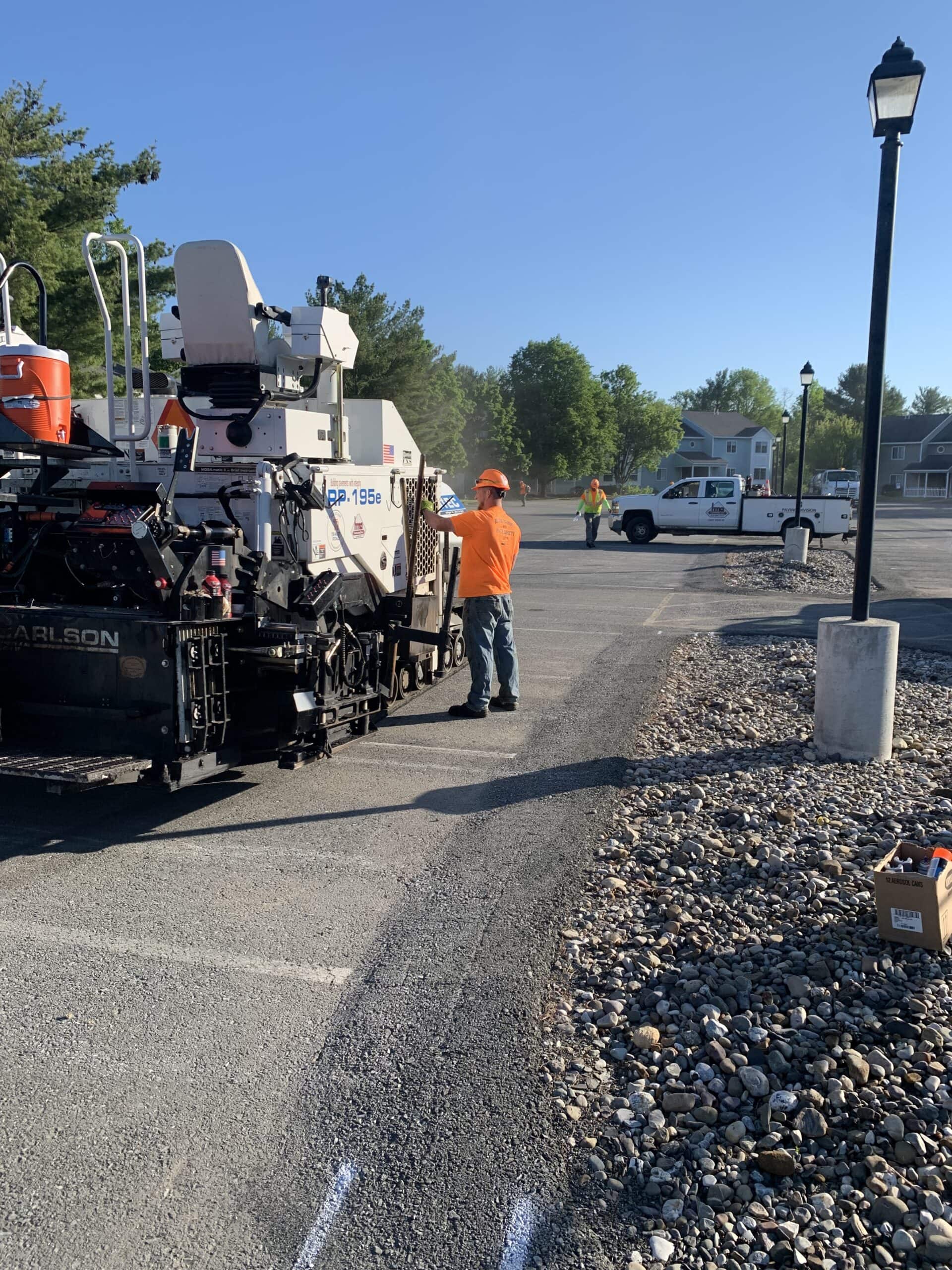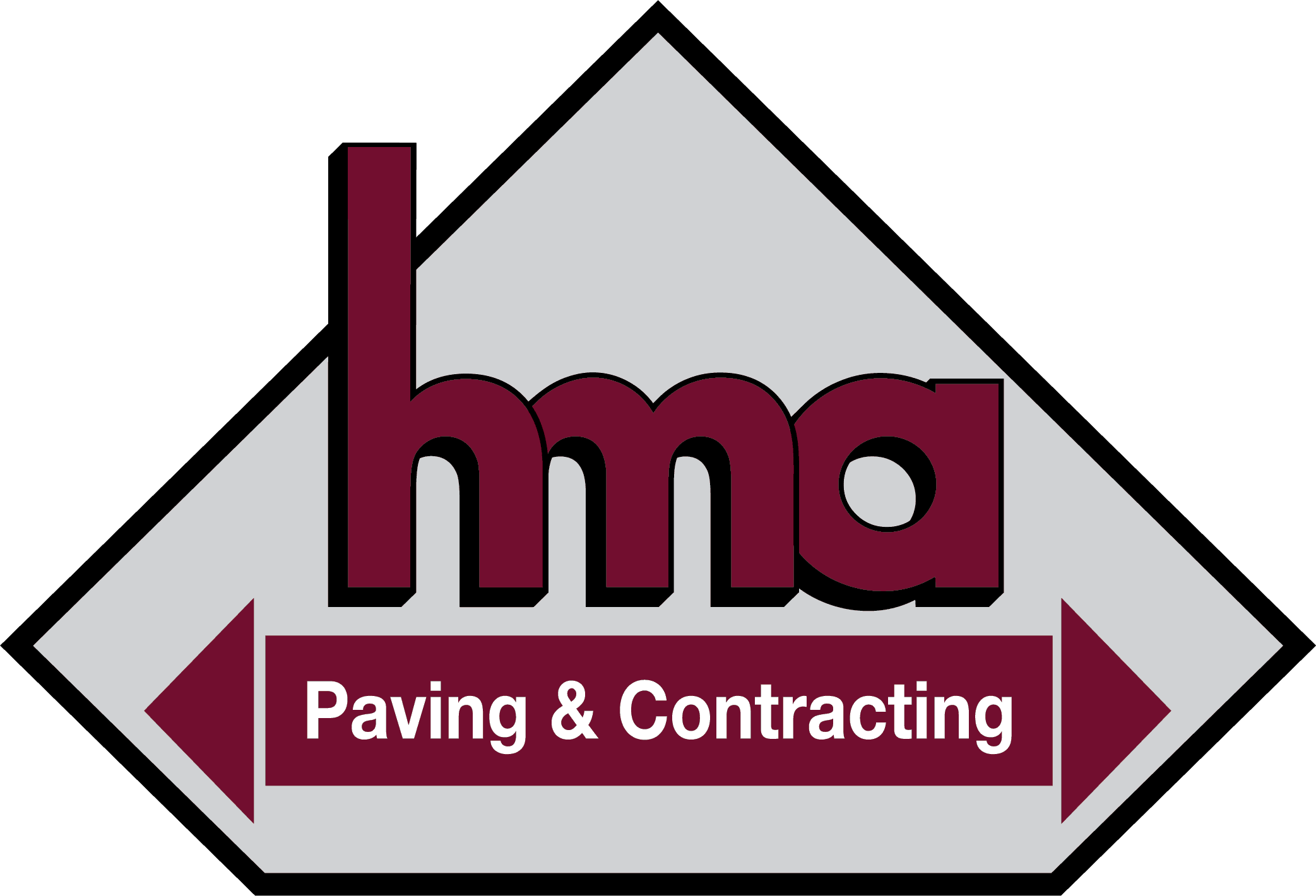
Commercial asphalt paving projects require proper preparation and understanding of the process and materials needed. Asphalt is a material that is most commonly used in paving projects due to its durability, versatility, and cost-effectiveness. Commercial asphalt paving projects are essential to creating safe infrastructure for businesses and creating a welcoming environment for employees and visitors. Understanding the process and materials for commercial asphalt paving will ensure that you are making informed decisions for your project!
The materials used in your asphalt project are critical to the quality and lifespan of your pavement. At HMA, we use only the highest-quality materials from local suppliers, and we incorporate recycled material whenever possible.
The first step in any commercial paving project is site inspection and preparation. This is a crucial part of any project as it allows the team to review the site and clear it of any existing debris. The next step is demolition and removal of the existing surface, whether that be asphalt or some other material. Then, the debris from the existing surface will be cleared away.
Before the new asphalt is installed, it’s important to ensure that the area is properly prepared for drainage. Improper drainage can wreak havoc on your paving project, allowing water to pool on the surface, creating cracks, potholes, and heaving. This can create an unsafe environment for any individual who drives or walks on your pavement. Proper sloping and drainage will ensure that your project is able to have proper run off and maintains its structure and integrity.
Once your site has the proper sloping and drainage, it’s time for the next step: the subbase! The subbase is one of the most important pieces of your commercial project as it serves as the foundation and provides the first layer of support for your pavement. A subbase is typically comprised of crushed stone, sand, or sandy gavel. The composition of your subbase will depend on the type of soil underneath it. Our HMA team will determine the best composition for your project.
Once the subbase layer is in place, it’s time to install your binder layer. A binder contains larger stones and sand, giving your project an extra layer of security and significant durability. Binder helps to extend the life of projects who expect to see heavy amounts of traffic.
Now it’s time to install your final layer of asphalt! Asphalt is typically made up of a mixture of aggregate materials such as sand or crushed stones, and an adhesive material to mix everything together. Once your asphalt is spread evenly, and achieves the desired thickness and smoothness, you are ready for finishing touches!
When you are ready for final additions such as adding a sealant on top of your asphalt to protect the pavement from UV rays and unnecessary moisture. If your project requires, you can go about striping and marking your zones to create a compliant parking lot area. Our HMA team can help with that too!
Contact our Team to Learn More About our Commercial Asphalt Paving Services!
Commercial asphalt paving projects require careful site preparation, proper drainage, and an experienced team to ensure the safety, durability, and quality of the project. Our HMA team understands the ins and outs of commercial paving, and use only the best, locally sourced materials. Give us a call today or visit our website for more information.
